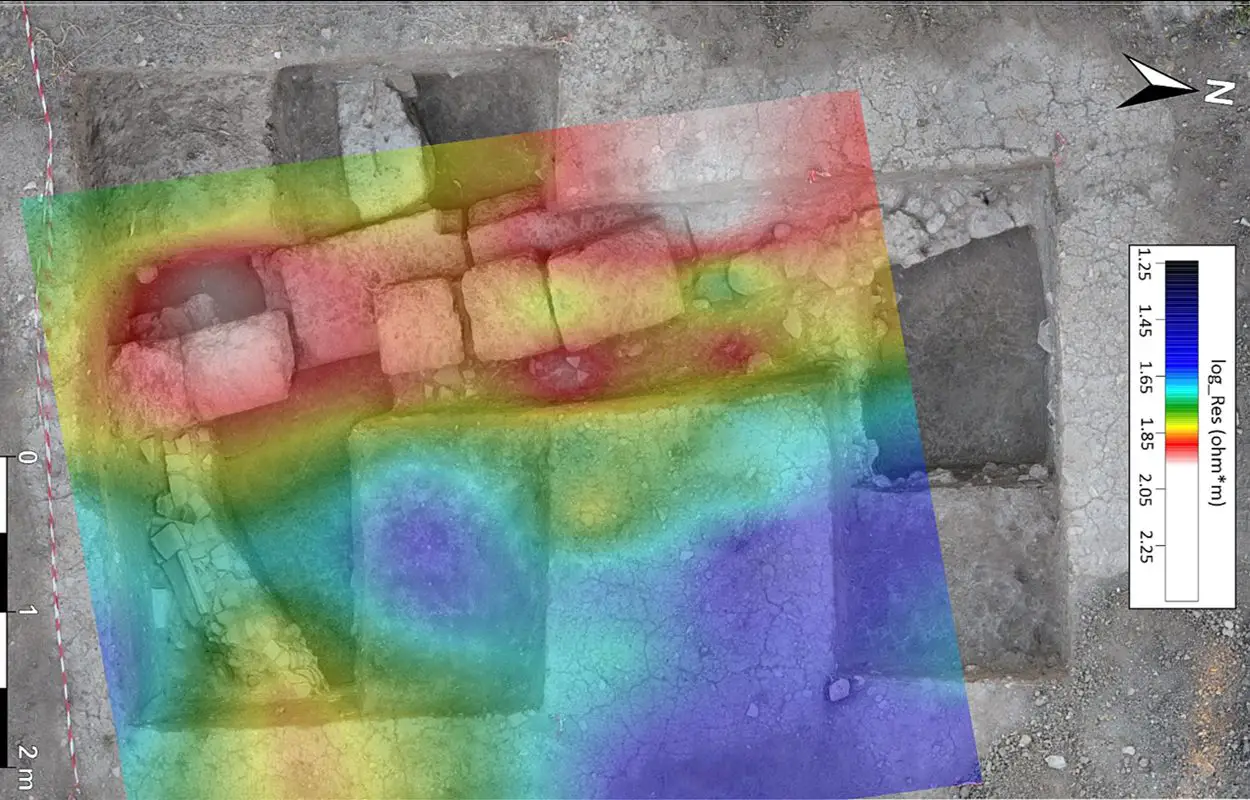Archaeologists have discovered the remains of an ancient structure at the Valley of Temples, located at Akragas on the southern coast of Sicily.
Akragas, also known as Agrigento, was founded around 582-580 BC by Greek colonists from Gela in eastern Sicily.
The city emerged as a major religious centre, evidenced by the construction of numerous temples on a ridge known as the Valley of Temples.
Among these structures are the Temple of Concordia, the Temple of “Hera,” the Temple of Heracles, the Temple of Olympian Zeus, the Temple of Castor and Pollux, the Temple of Hephaestus, and the Temple of Asclepius.
Archaeologists have conducted a study in a previously unexplored area of the Valley of Temples using not invasive geophysical surveys, including extensive Electromagnetic techniques (EM) and Electrical Resistivity Tomography (ERT).
The study area covers approximately 3000 m2, where the researchers discovered traces of an ancient structure and numerous anomalies beneath the surface.
Subsequent archaeological excavations have confirmed the presence of the structure, which was built using large blocks of local calcarenite that date from the Hellenistic or Classical period.
The ceramics associated with these remains are currently being studied and should enable to obtain precise dating and phasing for the building(s) uncovered.
The structure is located on the edge of the plateia IL, near the entrance to the sanctuary “of the circular altars”, suggesting that the monument holds significant importance in the religious context of ancient Akragas.
According to the study authors: “As the excavation is still in its initial phases, further investigation is required. Uncovering the true nature and purpose of these structures hopefully will shed light on their role within the religious landscape of Akragas and contribute significantly to our knowledge of the ancient city.”
Header Image Credit : ScienceDirect





